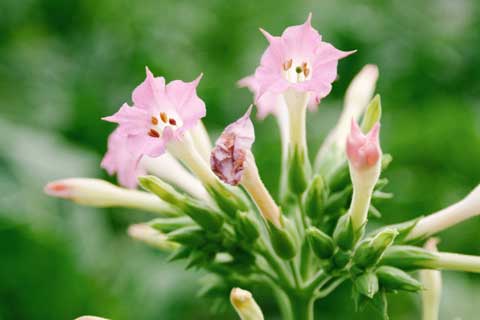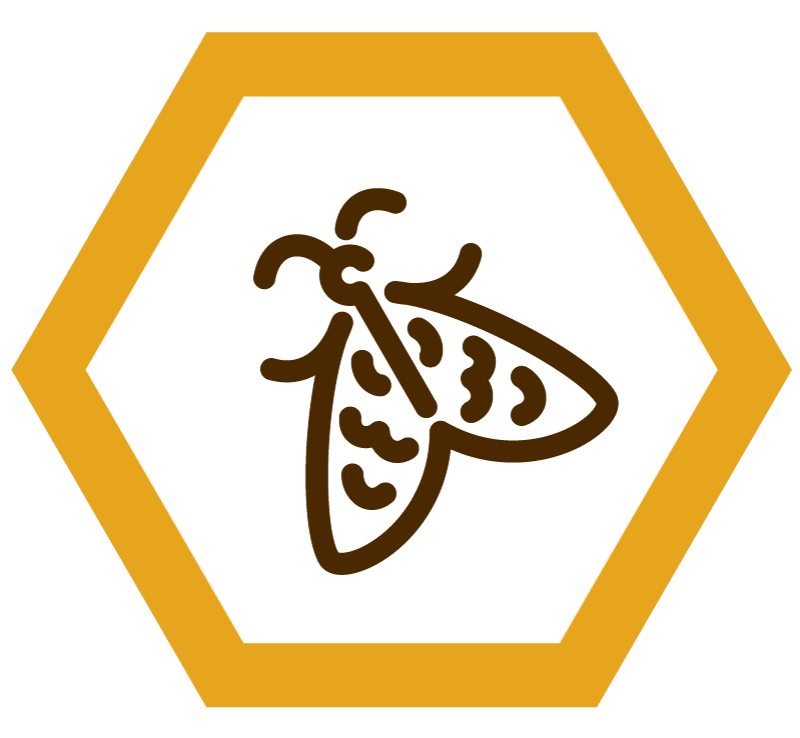How to attract moths to your backyard

Turning off lights in the backyard can help Moths as they are attracted to light and can become disoriented or exhausted when they fly too close to them. This is because moths use the moon as a navigation tool and can become confused when bright lights interfere with their ability to navigate.
If you need to have lights on in your backyard, consider using amber or red lights instead of bright white lights. Amber or red lights are less attractive to moths and are less likely to interfere with their navigation.
Find these moths in your backyard

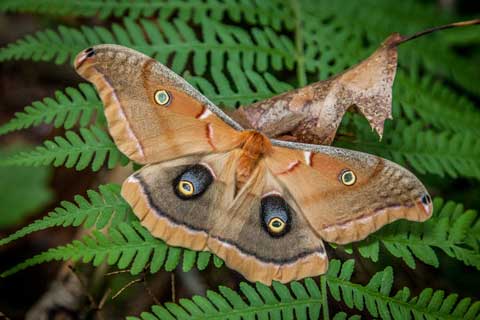
The Polyphemus Moth is another large moth that can help with pest control in Southern Ontario. The caterpillars of this species feed on the leaves of a variety of trees, including oak, maple, and birch, and are known to eat the larvae of pest insects like Gypsy Moths and Tent Caterpillars.
The White-lined Sphinx Moth is a large, nocturnal moth that is attracted to fragrant, white, or pale-coloured flowers like evening Primrose, Moonflower, and Nicotiana. They are important pollinators for these plants, as they have long tongues that can reach the nectar deep within the flowers.
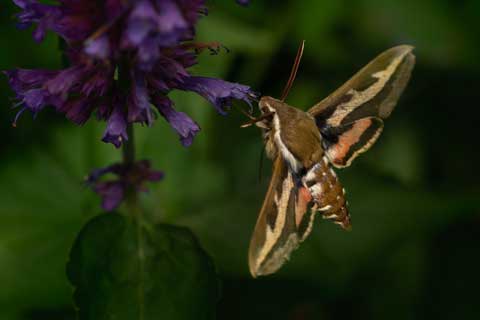

Tiger Moths are a diverse group of moths that are known to help pollination in Southern Ontario. Many species are attracted to flowers and can help to transfer pollen while feeding on nectar. Tiger Moths have been known to visit garden plants such as Zinnias and Marigolds.
Plants that will attract and feed moths in your backyard
Asters are a late-season bloomer that is attractive to many species of moths, including the Hummingbird Clearwing Moth and the Brown-hooded Owlet Moth.

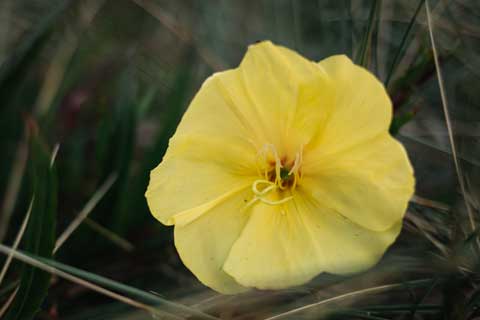
Nicotiana, also known as flowering tobacco, is a fragrant plant that is attractive to many species of moths, including the Tobacco Hornworm Moth and the Hummingbird Moth.
